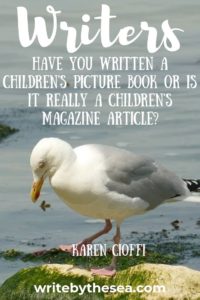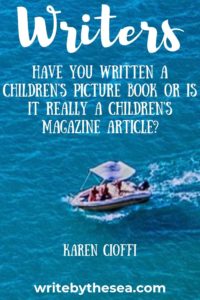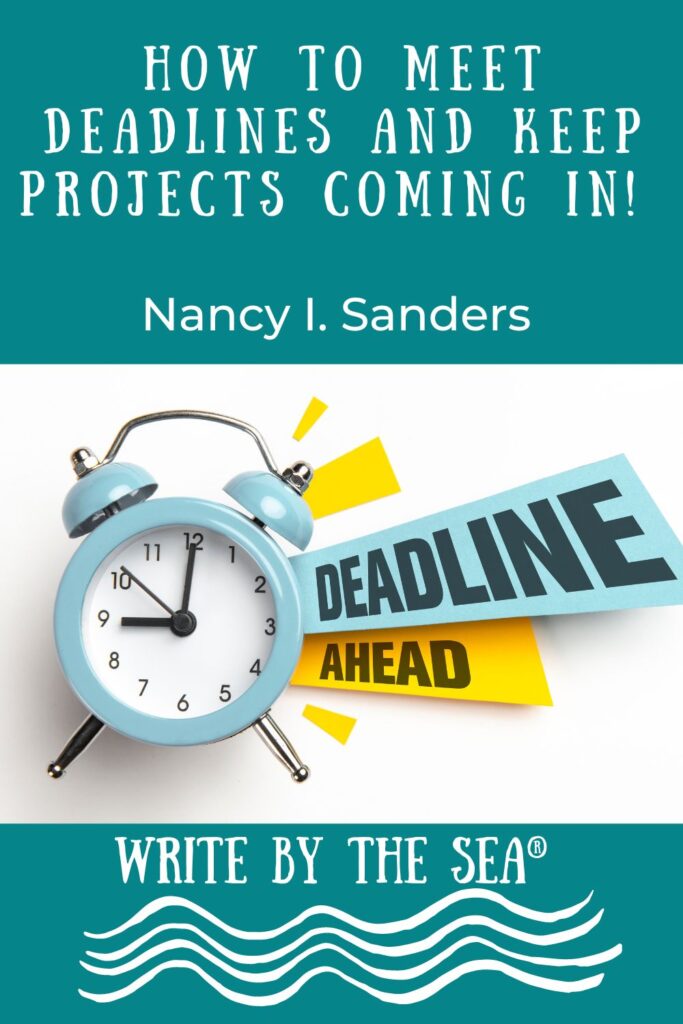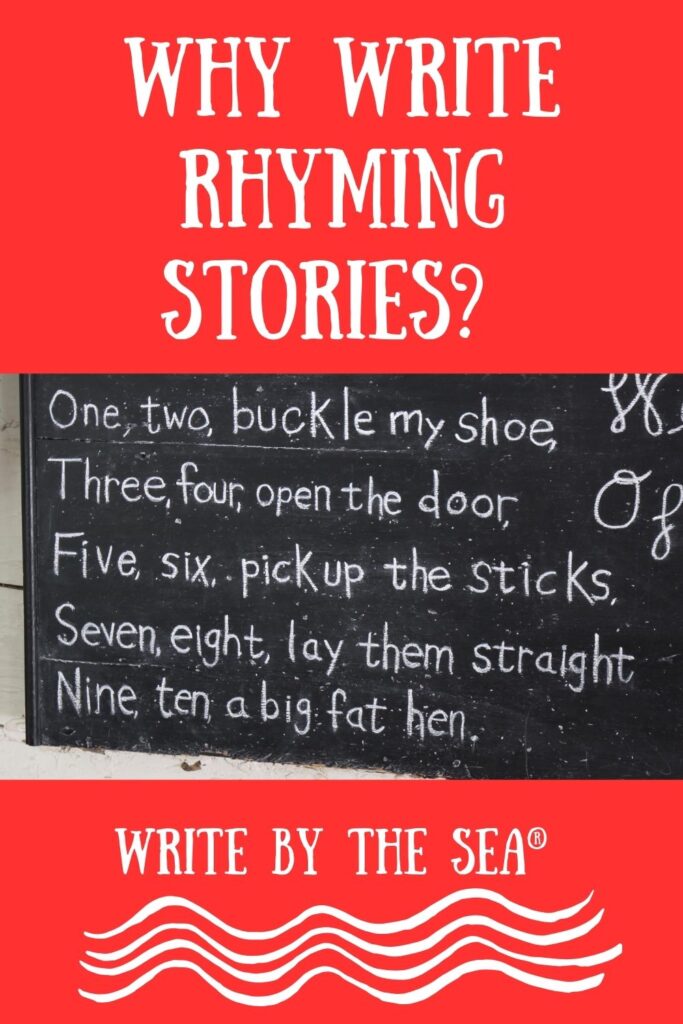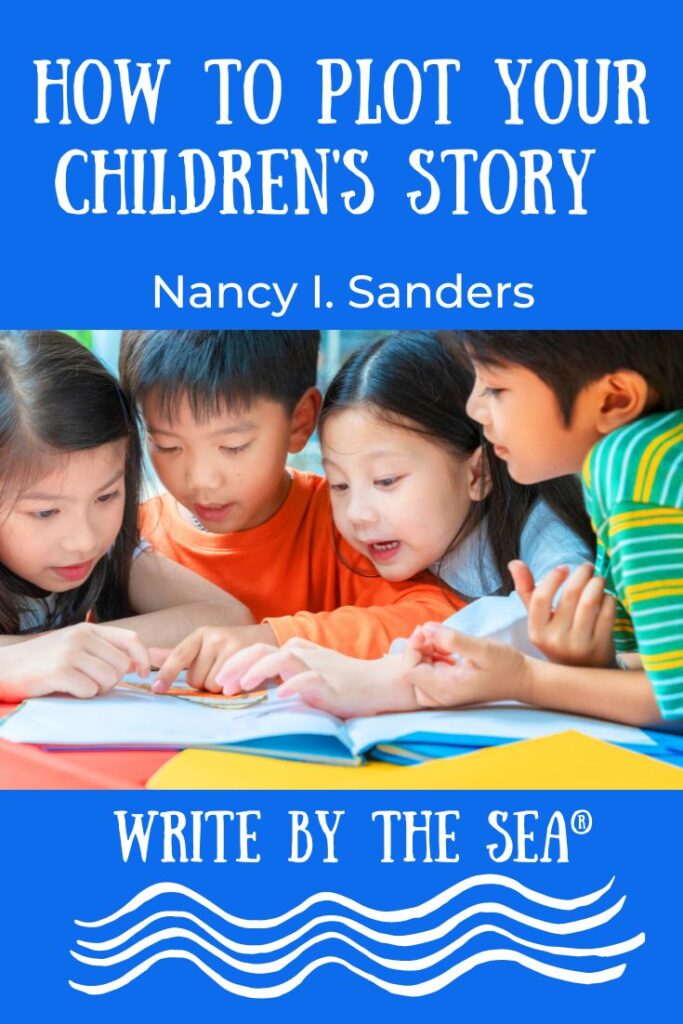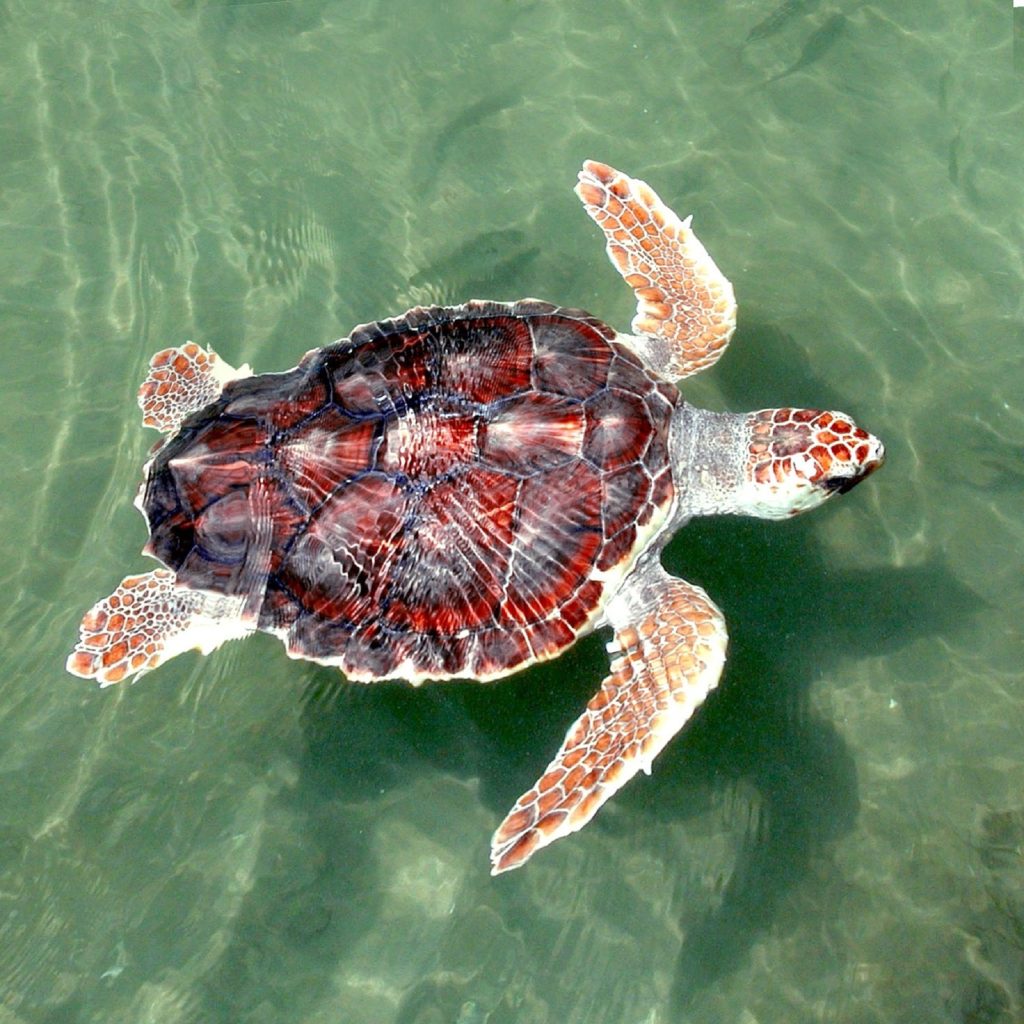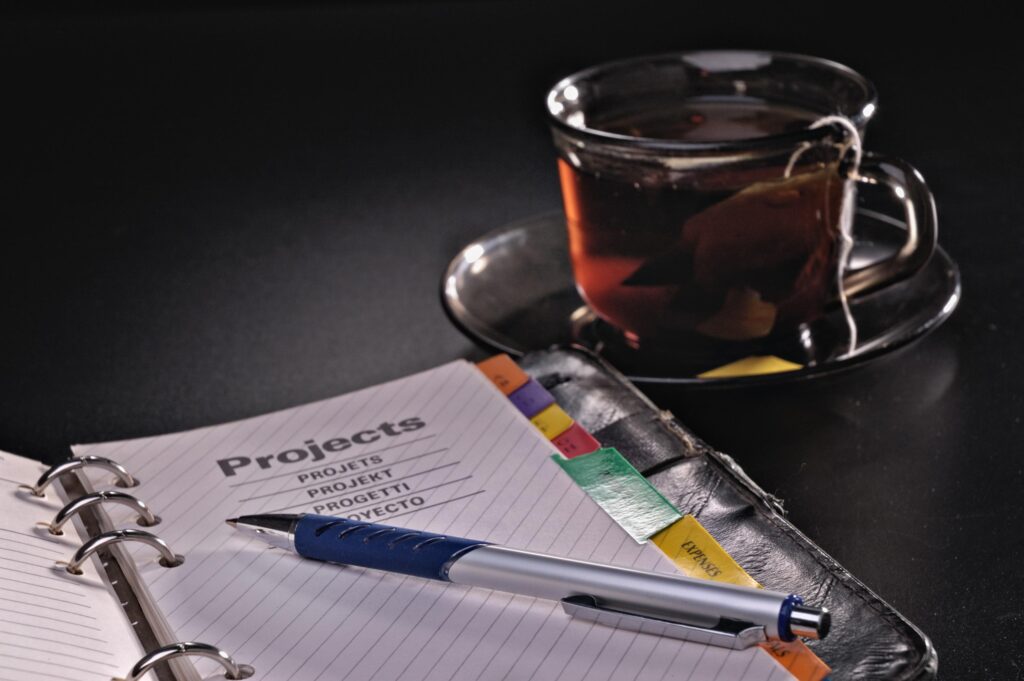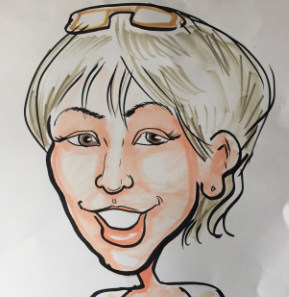Read this to Learn How to Make a Picture Book
a guest post from children’s ghostwriter and author Karen Cioffi
I’ve written a couple of fictional stories for children, thinking they’d eventually become picture books.
As I went through the critiquing and revising stages I realized they were geared more for magazine articles.
Since the word counts may be the same for a picture book and magazine article, it’s important to determine what the actual differences are between a picture book and a children’s magazine article.
When writing for young children the format and storyline are not usually interchangeable—meaning they are usually geared toward a picture book or article.
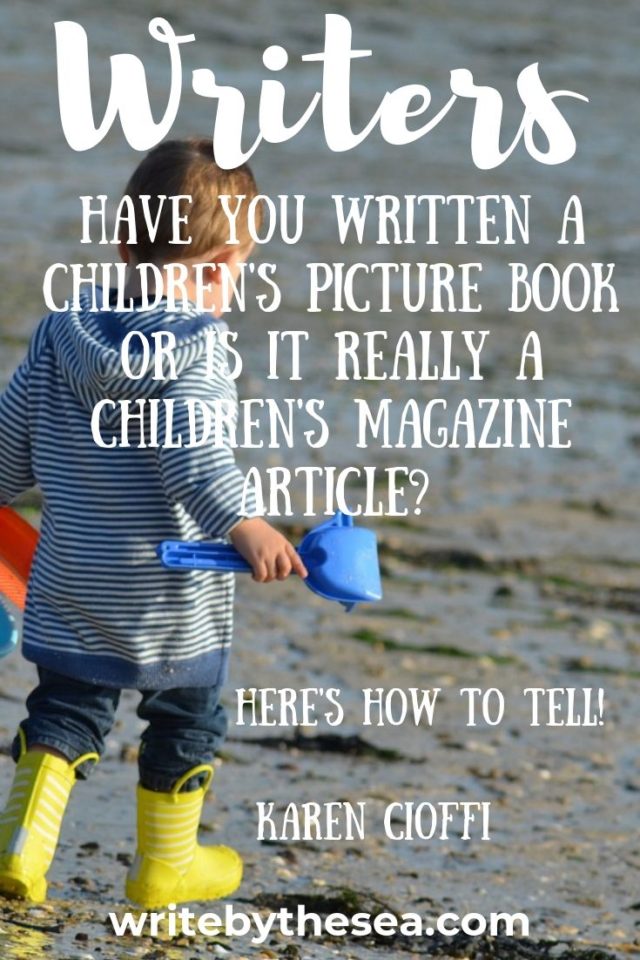
Some of the Characteristics of a Picture Book:
A picture book is written to allow for illustrations.
It has a 50/50 ratio of content and illustrations.
The illustrations actually help tell the story.
The storyline is one that includes the 3 levels: surface, underlying meaning, and take away value.
New information may be found with additional readings.
A picture book is created to be read over and over and over.
And, it is often handed down to younger siblings.
Some of the Characteristics of a Children’s Magazine Article:
A children’s article is written complete.
It may have one or two illustrations, but they are not used to add to the story.
It doesn’t have to include the 3 levels of picture books.
It’s read once or twice and then usually discarded.
Allowing for Illustrations in a Picture Book
When writing a picture book (PB), the author needs to think about the illustrations.
Since PBs are usually 32 pages, you need to allow for 16 illustrations.
This will affect the way you write your sentences.
You don’t have to express everything.
If Tommy hits the ball and gets a home run, you don’t have to say the ball flew over the fence.
Or, if Luke grabs his bat and ball, but forgets his cleats, you don’t have to actually say he forgot his cleats.
he illustrator will reflect this with a wonderful picture that shows more than you thought possible.
To help you envision how your PB will look and how the content and illustrations will work, you should create a Dummy Book.
This will help you see where the breaks should be and if you need to rewrite to make it all work.
About Karen Cioffi
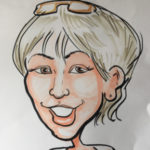 Karen Cioffi is a children’s author and children’s ghostwriter. Learn ore about her at www.karencioffiwritingforchildren.com.
Karen Cioffi is a children’s author and children’s ghostwriter. Learn ore about her at www.karencioffiwritingforchildren.com.
See what you need to know about children’s book genres.
Don’t forget to join our mailing list.
Just fill in your name and email address, below:
